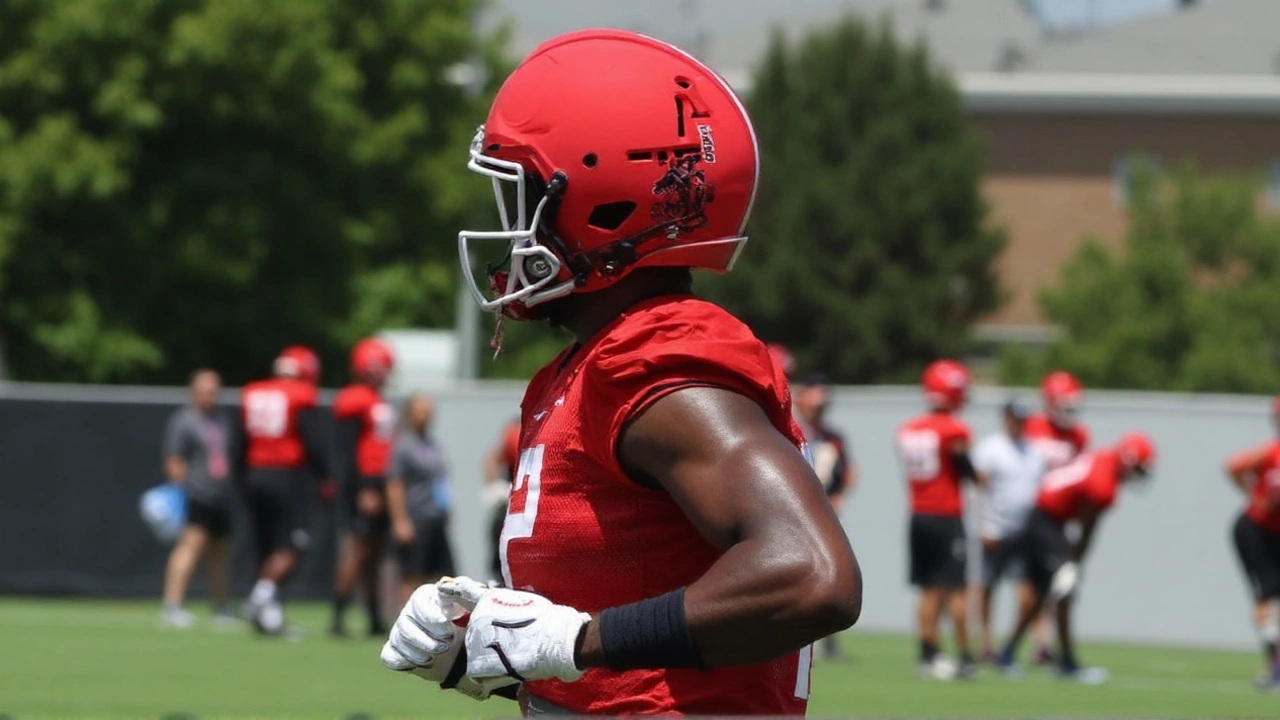Ankle Injury Basics: What You Need to Know
Got a sore ankle after a game or a stumble? You’re not alone. Ankle injuries are the most common sports complaints, and they can range from a mild sprain to a serious fracture. Knowing the signs, the quick steps to take, and how to get back on your feet can save you time and pain.
How Ankle Injuries Happen
Most ankle problems show up when the foot twists inward or outward beyond its normal range. This twist can happen when you land awkwardly, change direction fast, or step on an uneven surface. Soccer players, basketballers, and runners are especially prone because they’re constantly pivoting and sprinting.
Spotting the Symptoms
Typical signs include swelling, bruising, and pain when you move the joint. If you can’t put weight on it or hear a popping sound at the time of injury, it might be a more serious tear. Numbness or tingling can also mean nerves are involved.
Don’t ignore the pain. Even a mild sprain can turn into a chronic issue if you keep using it without proper care.
First‑Aid: The RICE Rule
Right after the injury, follow the RICE method: Rest, Ice, Compression, Elevation. Rest the ankle for a day or two, apply an ice pack for 15‑20 minutes every few hours, wrap it with an elastic bandage, and prop it up above heart level. This reduces swelling and eases pain.
If swelling doesn’t calm down after 48 hours or pain gets worse, it’s time to see a professional.
When to See a Doctor
Go to a doctor if you notice:
- Severe pain that doesn’t improve with RICE
- Inability to bear weight
- Deformity or obvious misalignment
- Persistent numbness or tingling
A doctor may order an X‑ray or MRI to rule out fractures or severe ligament tears.
Treatment Options
Mild sprains often heal with physical therapy and home exercises. More serious tears might need a brace, a walking boot, or even surgery to re‑attach torn ligaments. Follow the doctor’s plan closely; skipping rehab can lead to instability later.
Rehab Exercises
After the initial pain subsides, start gentle range‑of‑motion moves: ankle circles, toe raises, and alphabet writing with your foot. Progress to strengthening work like resistance band plantar‑flexion and dorsiflexion. Balance drills—standing on one foot or using a wobble board—help restore stability.
Do these exercises daily for a few weeks, and you’ll notice less stiffness and better control.
Preventing Future Injuries
Good warm‑ups are key. Spend five minutes doing dynamic stretches—leg swings, calf raises, and ankle rolls—before hitting the field. Wear shoes that fit well and offer proper ankle support, especially on uneven turf.
Strengthen the muscles around the ankle regularly. A strong calf and shin can absorb shocks and keep the joint in line.
If you’ve had an ankle injury before, consider an ankle brace during high‑risk activities. It adds extra support without limiting movement too much.
Getting Back to Play
Don’t rush. Most mild sprains need 1‑2 weeks of rest, while moderate injuries can take 3‑6 weeks. Full sports participation usually requires you to pass a functional test: you should be able to hop, change direction, and sprint without pain or wobbliness.
When you feel ready, start with low‑intensity drills and gradually increase intensity. Listen to your body—if pain returns, back off and give it more time.
Remember, an ankle injury is a setback, not a career‑ender. With the right care, you’ll be back on the field stronger and smarter about protecting your joints.
- Kieran Winchester
- Sep, 7 2025
- 0 Comments
Ethan Barbour ankle injury casts shadow over Georgia's win vs Austin Peay
Georgia freshman tight end Ethan Barbour suffered a serious ankle injury on the last play of the first half in a 28-6 win over Austin Peay. Kirby Smart called it a “tough ankle injury” and offered no timetable. Barbour, who flashed in the opener vs. Marshall, was carted off and is expected to miss extended time. The setback comes as Georgia readies for a road game at Tennessee.
